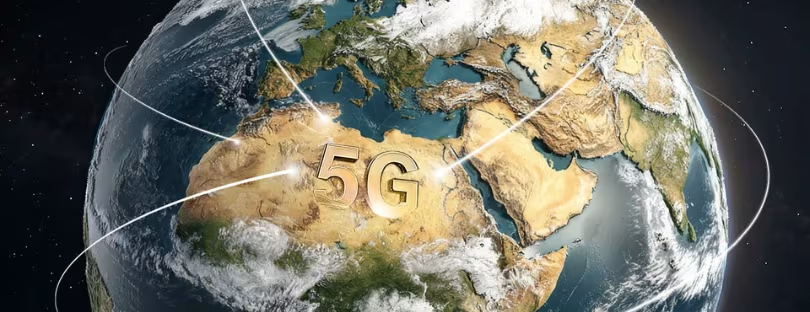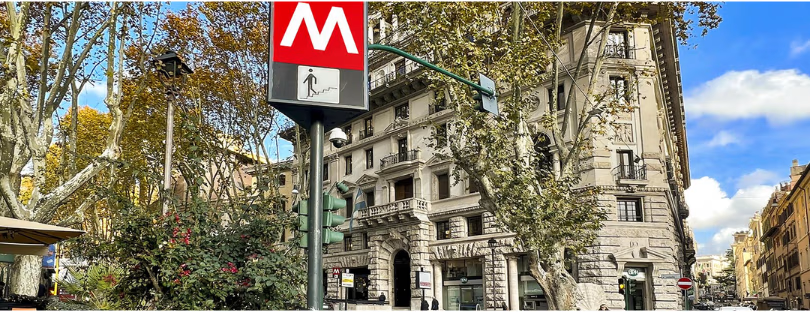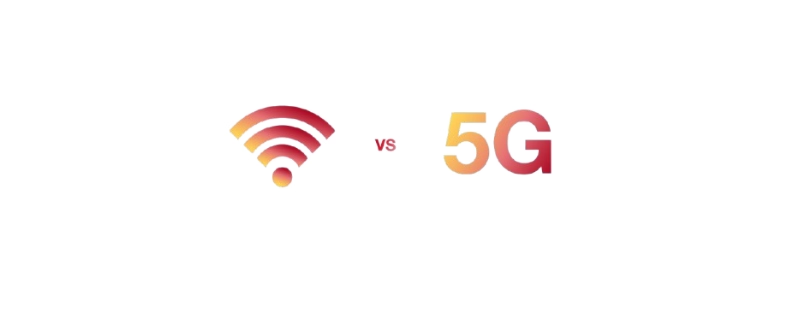
What’s the Deal with 5G UW?
You’ve probably seen it pop up on your phone’s status bar—“5G UW.” Maybe you got a little excited. Maybe you didn’t even notice. Or maybe you thought, “Cool… but what is it, exactly?”
Let’s break it down: 5G UW stands for 5G Ultra Wideband, and it’s Verizon’s branding for the super-fast, high-capacity version of 5G. But here’s the thing—there’s more to the story than just speed bars and fancy logos. Whether you’re streaming on the go, working remotely, or just trying to scroll Instagram without a lag, 5G UW might be a bigger deal than you think.
So… What Makes 5G UW Different From Regular 5G?
Not all 5G is created equal. That’s the first thing to understand. When carriers like Verizon or AT&T say “5G,” they’re actually talking about different bands of spectrum—low-band, mid-band, and high-band. These bands affect how fast your connection is and how far the signal can travel.
Here’s a quick cheat sheet:
- Low-band 5G = Wide coverage, slower speeds (think: better than 4G, but not life-changing)
- Mid-band 5G = Good mix of coverage and speed (this is what T-Mobile pushes hard)
- High-band 5G (a.k.a. mmWave or Ultra Wideband) = Super fast, but with limited range
5G UW falls into the high-band category. It’s crazy fast—like, fiber-level fast—but it can’t travel very far and doesn’t do well going through walls. So, you’ll usually find it in city centers, stadiums, airports, or other high-traffic spots where people need fast data.
But how fast are we talking?
Real-world speeds for 5G UW can hit anywhere from 300 Mbps to over 1 Gbps. In comparison, your typical 4G LTE speed might be around 30 Mbps on a good day. That’s a big jump.
It’s not just about speed for the sake of speed, though. Here’s what it means practically:
- You can download a full HD movie in seconds, not minutes
- Livestreaming from your phone? No more buffering
- Zoom calls, even on the move, stay rock solid
- Cloud games on mobile? Finally doable without frustration
And if you’re working while traveling (or just working from anywhere), this kind of connection can feel like magic—especially if you’ve ever tried uploading a large file on hotel Wi-Fi.g rollout
Is 5G UW Available Everywhere?
Nope—and that’s the catch. Right now, 5G UW is still pretty limited in terms of coverage. Verizon has been expanding it, especially in urban areas and busy venues, but it’s not something you’ll find on every street corner.
That’s why sometimes your phone shows “5G UW” and then drops back to regular 5G or even LTE as soon as you move a block. It’s like spotting a unicorn—awesome when it happens, but not something to rely on 24/7.
Also, not every phone supports it. You’ll need a 5G UW-compatible device (most newer premium phones like the iPhone 14/15 or Galaxy S23/S24 series have it). If you’re not sure, check the specs or ask your carrier.
Why Should You Even Care About 5G UW?
Honestly, if you’re mostly using your phone for social media and the occasional YouTube scroll, you might not notice a huge difference right away. But the more we move toward a hyper-connected lifestyle—remote work, AR/VR, live gaming, even connected cars—the more this kind of ultra-fast, low-latency tech matters.
It’s not just about what you do now, but what’s coming. 5G UW is part of the foundation for future digital experiences:
- Augmented reality walking tours in cities? Needs real-time data.
- Live translation earbuds? Low latency makes it seamless.
- Self-driving shuttles communicating with smart traffic lights? That’s where 5G UW shines.
And let’s not forget the travel perks. If you’ve ever tried to connect in a packed airport terminal or at a major event, you know the pain of overloaded networks. 5G UW can handle massive crowds without slowing down, which is a huge win for travelers and remote workers alike.
But Is It Worth Switching Carriers For?
That depends. If you’re in an area with strong Verizon 5G UW coverage, and you rely on mobile data a lot—especially for work, streaming, or content creation—it might be worth it. But if you live in the suburbs or spend a lot of time in places where coverage is spotty, you might not feel the difference often enough to justify a switch.
T-Mobile’s mid-band 5G (called Ultra Capacity) also offers solid performance, and while it’s not quite as fast as UW, it does cover a lot more ground. AT&T, for what it’s worth, has been quieter on the ultra-wideband front but is rolling out their own high-band spectrum too.
Your best bet? Check the coverage maps. Or even better, test it out with a prepaid SIM or eSIM and see what works best for your routine.
A Quick Word on Battery Life
One thing to watch out for: 5G UW can eat up your battery faster than regular LTE or low-band 5G, especially if your phone is constantly hunting for a signal. This isn’t a dealbreaker, but it’s worth keeping a charger or power bank handy if you’re planning to lean on UW a lot.
Luckily, newer phones are getting smarter about managing power when connected to high-speed networks. Still, if you’re wondering why your battery’s draining faster than usual in the city, this could be a factor.
Final Thoughts
5G UW isn’t perfect—it’s still rolling out, and it’s not everywhere—but it’s a taste of what mobile internet should feel like. Ridiculously fast. Reliable, even in crowds. And powerful enough to support the kinds of tech we’ve only started to scratch the surface of.
So the next time that little “5G UW” icon pops up on your phone, give it a try. Download that movie. Fire up that livestream. Call your friend on video in a packed stadium just because you can. It’s not magic, but it might just feel like it.









